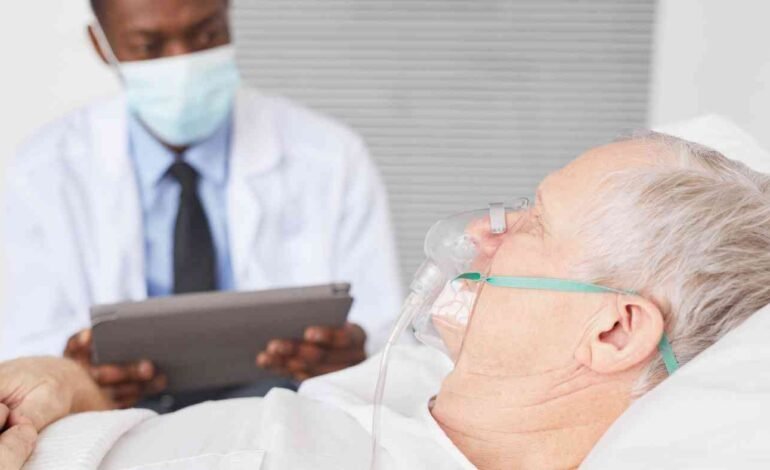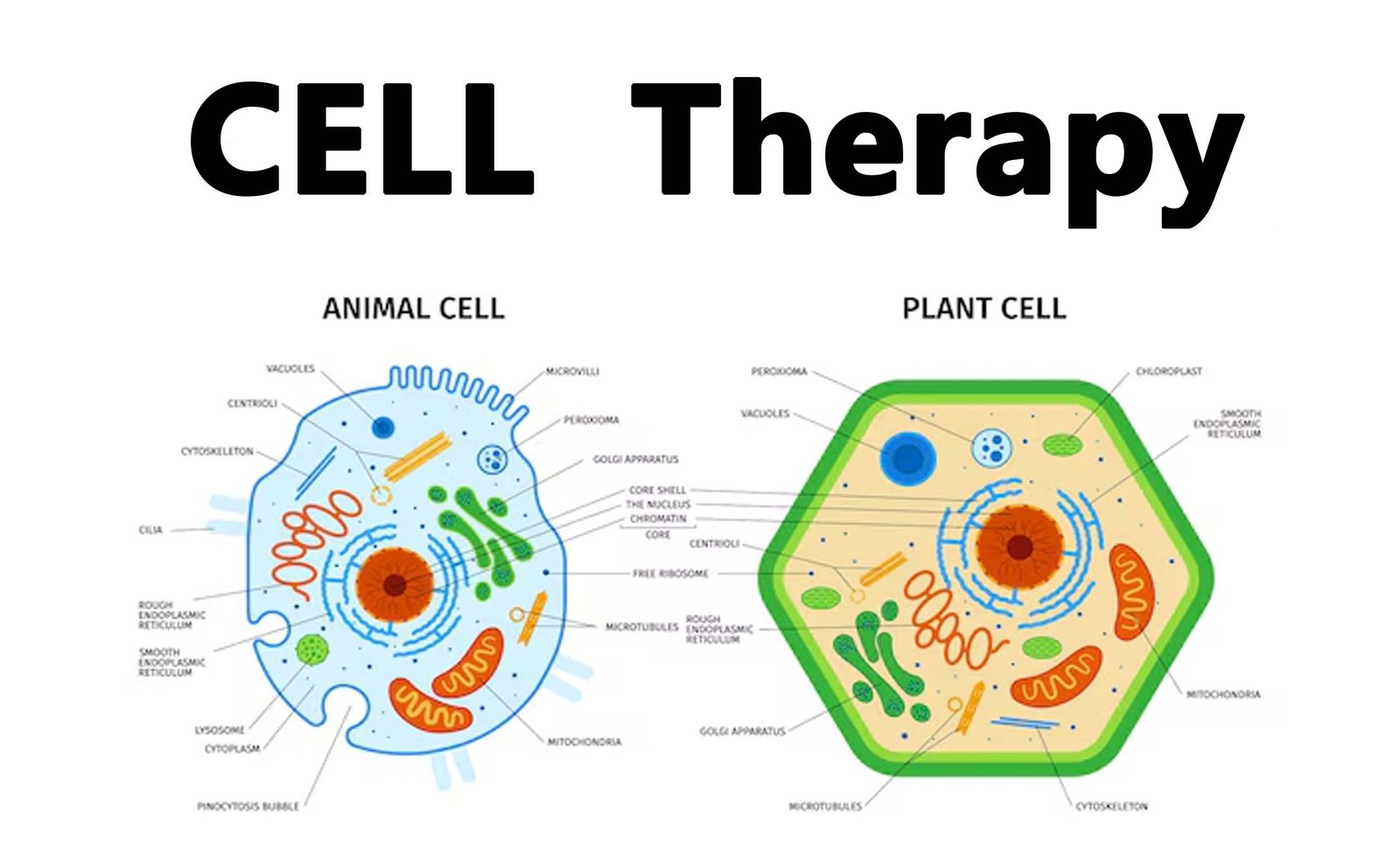Advancements in Oxygen Therapy: A Breath of Fresh Air for Healthcare in India (2024)

Introduction:
As we step into the year 2024, the landscape of healthcare in India undergoes continuous evolution, with technological advancements playing a pivotal role in improving patient outcomes. One such critical aspect is oxygen therapy, a cornerstone in the treatment of various medical conditions. In recent years, innovations and improvements in oxygen therapy have emerged as a breath of fresh air for healthcare providers and patients across the country.
The Importance of Oxygen Therapy:
Oxygen therapy remains indispensable in the management of respiratory and non-respiratory conditions, ranging from chronic obstructive pulmonary disease (COPD) and pneumonia to heart failure and certain neurological disorders. The fundamental principle of oxygen therapy is to provide an enriched oxygen supply to the body, aiding in cellular function and tissue repair.
Key Advancements in Oxygen Therapy:
- Portable Oxygen Concentrators (POCs): In 2024, the availability and affordability of portable oxygen concentrators have increased, enabling patients to lead more active lives. POCs are lightweight, battery-powered devices that concentrate ambient air, delivering a steady flow of oxygen to users. This technology has proven particularly beneficial for individuals with chronic respiratory conditions, allowing them greater mobility and independence.
- Smart Oxygen Delivery Systems: The integration of smart technologies into oxygen delivery systems has become more prevalent. These systems use sensors and connectivity to monitor a patient’s oxygen levels in real-time, adjusting the flow rate as needed. This ensures a personalized and adaptive approach to oxygen therapy, optimizing its effectiveness while minimizing waste.
- Home-Based Oxygen Therapy Programs: Recognizing the importance of providing continuous care beyond hospital settings, home-based oxygen therapy programs have gained prominence. Patients now have access to comprehensive support, including telehealth consultations, regular equipment maintenance, and educational resources to enhance their understanding of managing their condition.
- Enhanced Monitoring and Data Analytics: Healthcare professionals benefit from improved monitoring and data analytics tools that enable them to track patient progress and adjust treatment plans accordingly. This data-driven approach enhances the precision of oxygen therapy, leading to better outcomes and reduced hospital readmissions.
- Oxygen Therapy in Emergency Response: With a focus on disaster management and emergency response, oxygen therapy has become a crucial component of healthcare preparedness. Mobile oxygen units and advanced respiratory support systems are being deployed to efficiently address respiratory distress during emergencies, contributing to more effective disaster response strategies.
Challenges and Future Directions:
Despite the significant progress in oxygen therapy, challenges such as accessibility in rural areas, affordability, and ensuring proper education for both healthcare providers and patients still exist. As we move forward, continued efforts are required to address these challenges and further integrate oxygen therapy into holistic healthcare models.
Conclusion:
The year 2024 marks a significant stride in the evolution of oxygen therapy in India. With advancements in technology, increased accessibility, and a focus on personalized care, the future of oxygen therapy looks promising. As healthcare providers and technology continue to collaborate, the benefits of improved oxygen therapy will undoubtedly contribute to better health outcomes and an enhanced quality of life for patients across the nation.





